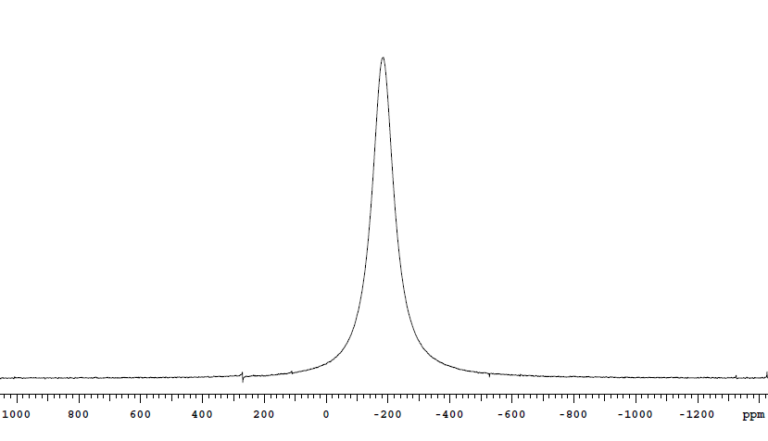Unique Capabilities
UltraLow temperature NMR experiments

- Northwestern. Juricek, M.; Strutt, N. L.; Barnes, J. C.; Butterfield, A. M.; Dale, E. J.; Baldridge, K. K.; Stoddart, J. F.; Siegel, J. S. Induced-fit catalysis of corannulene bowl-to-bowl inversion. Nature Chem. 2014 , 6 , 222-228
- UIUC. Andy A. Thomas and Scott E. Denmark, Pre-transmetalation intermediates in the Suzuki-Miyaura reaction revealed: The missing link. Science 2016 , 352 , 329-332.
- Acetone-d6 m.p. -94C
- Ethanol-d6 m.p. -114C
- Methanol-d4 m.p. -98C
- THF-d8 m.p. -108C
- Toluene-d8 m.p. -95C
Description:
By using liquid nitrogen as a cooling source, the extremely low temperature solution NMR is feasible, with caution and with hardware availability
Instrument:
Bruker Avance III 600 MHz equipped with 5mm BBI probe
Experiments:
1D 1H and 13C, and 2D COSY, HSQC, HMBC, NOESY, etc.
Examples:
Bismuth (Bi 209) NMR:
